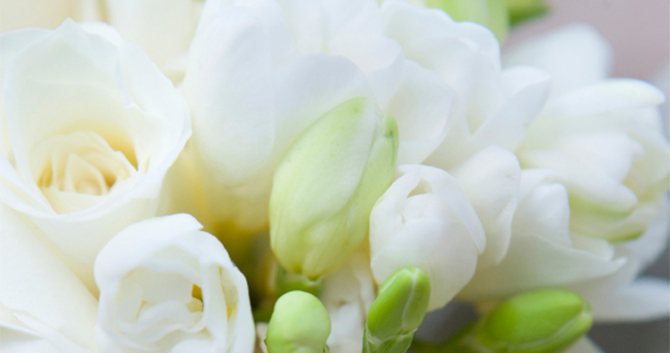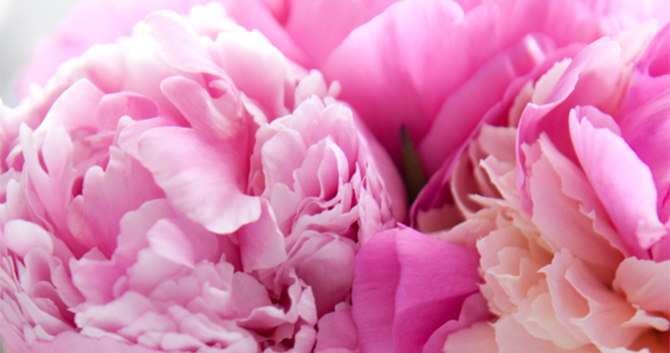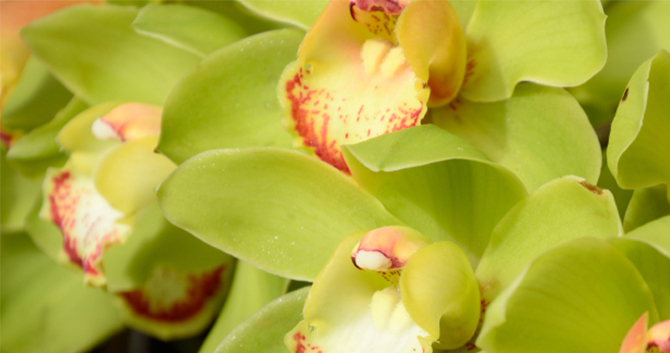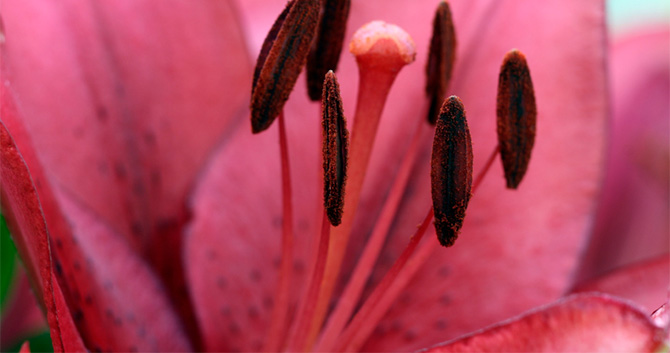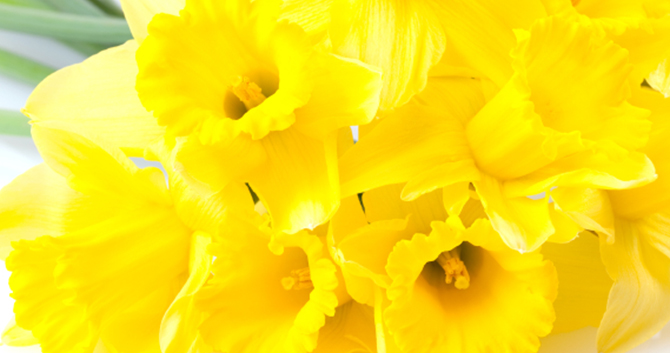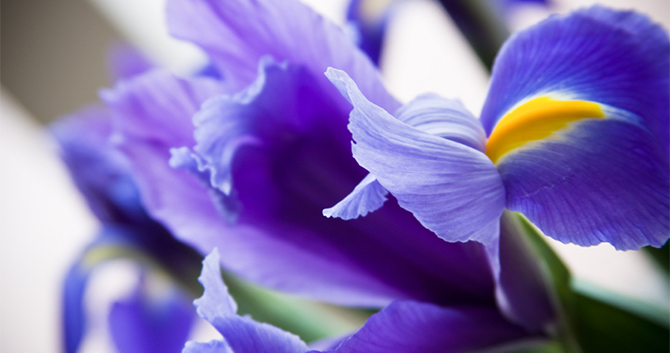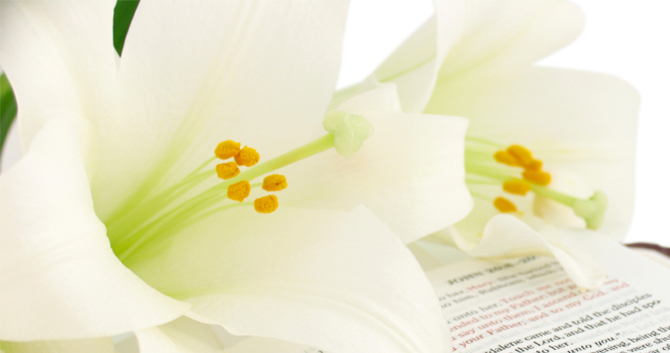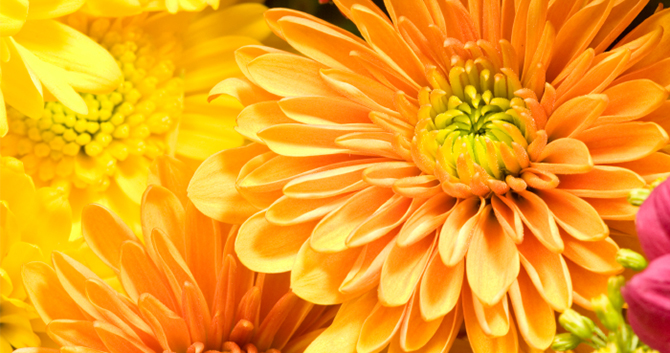Introduction
Flowers help celebrate our joys and comfort our sorrows. Most cultures have a long history of flowers with symbolic meanings tied to rites, rituals, and memorials. The birth of a baby, marriage, or death of loved one are just a few occasions that include flowers.
For wakes, funerals, and memorial services, flowers can help say what we find difficult to express and serve a dual purpose – expressing sympathy, care, and love for the living, and symbolizing grief, respect, or honor for the deceased. Flowers are symbolic, supportive, and consoling. They are your final tribute.
Floral arrangements help soften a somber atmosphere, creating a backdrop of beauty, and conveying care and support. They also lead to conversation, providing a diversion for the bereaved, helping the family express their feelings, and aiding in the grieving process.
Sympathy Etiquette:
 Calendula symbolizes grief and has a delicate floral fragrance
Calendula symbolizes grief and has a delicate floral fragrance
When sending flowers, it’s sometimes hard to know what’s appropriate and can often be intimidating. Different faiths and cultures have different traditions, flowers have various meanings, and your relationship with the deceased may be very personal or more professional. Even knowing when and where to send flowers can be confusing.
Your local florist can help you select an appropriate arrangement and help answer questions, but here are some guidelines that can help you navigate the choices.
Immediate Family:
The immediate family typically arranges for certain floral tributes, including flowers for the casket, flowers held by the deceased, and standing easels or sprays closest to the casket.
There are several ways of adorning the casket with fresh flowers and foliage, including a casket spray that rests on the top, a floral scarf that drapes over the top, or a floral blanket that covers the entire top, sometimes cascading to the floor. Flowers are also placed inside the casket to add a sense of peaceful repose. Often there’s a lid insert with meaningful flowers, a floral pillow from the grandchildren, or a bouquet of favorite flowers for the deceased.
The immediate family also arranges for roses or other single stem flowers to be placed on the casket at the graveside as a final farewell.
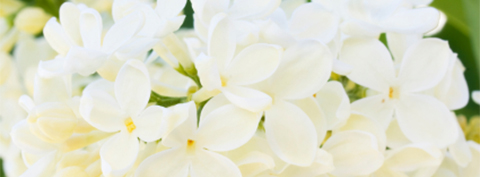 White lilacs symbolize remembrance
White lilacs symbolize remembrance
Extended Family, Friends, Business Associates:
There are many ways to pay your respects, whether you prefer a personal tribute with the deceased’s favorite flowers, birth month flowers, or favorite colors, a more traditional arrangement based on their faith or culture, or an arrangement that conveys a particular sentiment.
There are also many arrangement styles to choose from, including vases, standing sprays, centerpieces, flower baskets, or flowering plants. Each has its advantages for the service and the family.
Standing sprays are versatile - they can be placed anywhere at the location and are easily repositioned and generally moved to the cemetery for a graveside service. Vases, centerpieces, flowering baskets, and plants can be placed on tables at the service and then brought home to brighten a room or welcome visitors afterwards.
When ordering flowers, be sure they arrive at the funeral home or memorial service before visiting hours and are there when the family arrives. It’s also perfectly acceptable, if you’re close to a family member, to send an arrangement to the individual’s home.
Religious and Cultural Traditions:
 Honor American war veterans with roses, the national symbol of the US
Honor American war veterans with roses, the national symbol of the US
Different religions and cultures have traditions that associate certain flowers and colors with symbolic meanings. Several flowers have particular significance, like Easter Lilies and chrysanthemums.
Often white flowers are a traditional symbol of mourning or grief and are a safe choice, but flowers of any kind are also appropriate for many faiths. For other religions there is no place for flowers in the funeral or mourning period.
Respecting these diverse traditions can sometimes be difficult to navigate, so if you’re unsure of what’s appropriate, you can always consult local religious leaders or a family member of the deceased before sending flowers.
Christian Faiths
Incorporate flowers as part of their funeral traditions. White lilies represent the resurrection of Christ and are often used at the church, the wake, and memorial services. Sometimes blooms of rosebuds in the form of a rosary are displayed on the casket and arrangements shaped like crucifixes are sent by family and friends.
Mormon
Funeral traditions also include flowers. Avoid sending cross-shaped arrangements and opt for wreaths or sprays instead.
Jewish
Orthodoxy requires an immediate burial without ostentation, so there is no tradition of flowers. The mourning period is considered to be very solemn, therefore flowers are viewed as inappropriate.
Eastern & Greek Orthodox
Faiths also require immediate burial, with a church ceremony within 24 to 48 hours. Flowers may be sent to the church in the family’s name but not to the family’s home. Mourners sometimes lay flowers at the coffin during the ceremony or toss them into the grave after the coffin is lowered. Tradition calls for a deep mourning period for the family of 40 days, followed by a memorial service on the first Sunday after the mourning period. Flowers and sweets are not appropriate during this solemn time for the family.
Buddhist
Funerals usually take place within a week after the death. Flowers are an appropriate gesture of sympathy. White is the traditional color of mourning – red flowers symbolize joy and are considered poor etiquette.
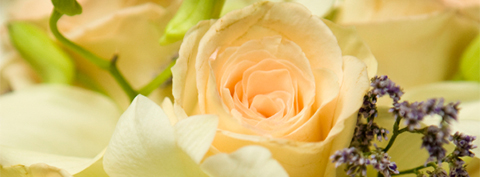 Floral etiquette depends on religious and cultural traditions
Floral etiquette depends on religious and cultural traditions
Hindu
Funerals are usually held within 24 hours of the death. Flowers are an appropriate gesture of sympathy and are laid by the family at the foot of the deceased. After the funeral, it’s customary to bring gifts of fruit.
Muslim:
The appropriateness of flowers varies greatly in the Islamic religion. Consult a local religious leader before sending them. If flowers are appropriate, fragrant flowers are popular, like roses. Greens, individual flowers and palm branches are often placed on the grave.
Meaning of Flowers:
Over time, certain flowers have become associated with certain meanings, expressing grief, comfort, hope, love, and respect. Understanding these floral meanings helps to express a personal tribute for a final farewell. Combining several flowers with relevant sentiments can layer meaning into the arrangement.
Friendship:
There a several floral tributes for departed friends. Iris translates into “your friendship means so much to me”, scented geraniums symbolize true friendship, and zinnias mean “thoughts of absent friends”.
Goodbye:
Purple sweet peas are a way to say your final goodbye.
Grief:
Cut flowers symbolizing grief include calendula, white chrysanthemums, purple hyacinth, and dark crimson roses. Marigolds also symbolize grief and can be planted at the grave site.
Hope:
Elusive in times of despair, hope can be expressed with chrysanthemums, iris, leucodendron, primrose, protea, and Star of Bethlehem.
I Miss You:
For a touching tribute expressing the pain of separation, include carnations in your arrangement, which symbolize “my heart aches for you”
Love:
While roses are traditionally associated with love, other flowers such as asters, symbolizing loyal love, stock, symbolizing lasting love, and tulips, symbolizing undying love are also appropriate. Pink carnations are the traditional flowers symbolizing a mother’s love.
Patriotism:
There are several ways of honoring war veterans with flowers. Tributes can also include the national flower, which in the case of the US is the rose or the national colors. Recommend flower choices for red, white, and blue arrangements include roses, carnations, daisies, delphiniums, gladioli, blue hydrangea, and chrysanthemums. Nasturtiums symbolize patriotism and victory in battle. Curly willow represents bravery.
Peace:
An arrangement of white roses and cattails symbolizes peace.
Remembrance:
There are many flowers associated with remembrance including anthurium, forget-me-nots, gladioli, rosemary, pink carnations, sweet peas, and white lilac.
Strength & Courage:
Flowers that grow with long sturdy stems are associated with strength and courage, including allium, evergreens, ginger, and orchids.
Sympathy:
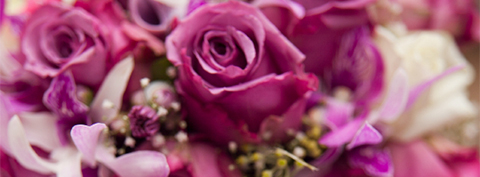 Deep purple roses express lasting love while orchids convey strength
Deep purple roses express lasting love while orchids convey strength
White stargazer lilies and white roses are an elegant expression of sympathy.
Traditional Sympathy Flowers:
Traditional funeral and memorial flowers have sentimental or religious meanings that can provide comfort during a time of loss. The color of these flowers adds nuance to the meaning as detailed below.
Carnations: The tears of the Virgin Mary were believed to have created carnations, the first flowers on earth, symbolic of undying love. Red carnations symbolize admiration and love, white represent pure love and innocence, and pink is for remembrance and the love of a woman or mother.
Chrysanthemums: European and Asian cultures use chrysanthemums, especially white ones, to represent death and mourning.
Daffodils: Symbolize rebirth, new beginnings, and eternal life.
Irises: Symbolizing faith, wisdom, bravery, admiration, and friendship, iris have long been associated with the Goddess Iris, who links heaven and earth. For centuries, purple iris have been planted over the graves of women, so the Goddess Iris could lead their souls to heaven. Meanings associated with specific colors include purple for wisdom, dark blue for faith and hope, and white for purity.
Gladioli: Signify remembrance and the embodiment of sincerity, strength of character and moral integrity.
Lilies: One of the flowers most commonly associated with funerals. Symbolic of innocence restored to the soul of the deceased. White represents purity and majesty. Lilies of the Valley represent sweetness and purity of heart.
Roses: Symbolize love in all its forms. Yellow roses symbolize friendship and caring; red represent devotion; and pink convey admiration. Other colors can mean sorrow (dark red), sympathy (white), sweetness (light pink), and gratitude (deep pink).
Tulips: Depending on the color, their meaning can include grace, beauty, or love. Pink is the color of grace; white represents innocence and simple beauty; red conveys perfect love; and lavender symbolizes refinement, grace, and feminine beauty.

